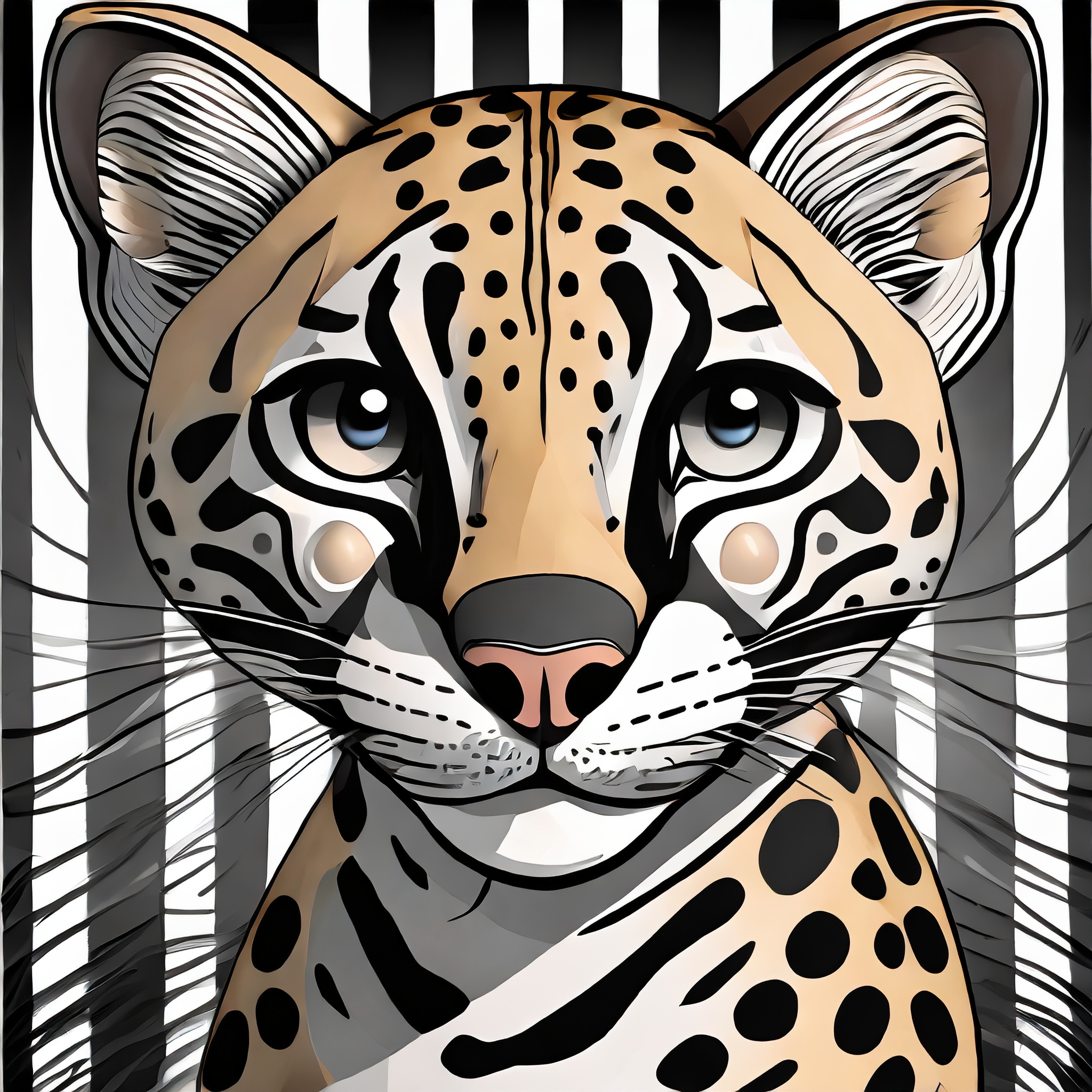
BIPOLAR DISORDER

Bipolar disorder (formerly known as manic-depressive illness or manic depression) is a lifelong mood disorder and mental health condition that causes intense shifts in mood, energy levels, thinking patterns and behavior. These shifts can last for hours, days, weeks or months and interrupt your ability to carry out day-to-day tasks.
There are a few types of bipolar disorder, which involve experiencing significant fluctuations in mood referred to as hypomanic/manic and depressive episodes. However, people with bipolar disorder aren’t always in a hypomanic/manic or depressive state. They also experience periods of normal mood, known as euthymia.
Causes:
Scientists don’t yet know the exact cause of bipolar disorder.
But they do believe there’s a strong genetic (inherited) component. Bipolar disorder is considered one of the most heritable psychiatric conditions — more than two-thirds of people with bipolar disorder have at least one close biological relative with the condition. However, just because you have a biological relative with bipolar disorder, doesn’t necessarily mean you’ll also develop it.
Other factors that scientists think contribute to the development of bipolar disorder include:
Changes in your brain: Researchers have identified subtle differences in the average size or activation of some brain structures in people with bipolar disorder. However, brain scans can’t diagnose the condition.
Environmental factors like trauma and stress: A stressful event, such as the death of a loved one, a serious illness, divorce or financial problems can trigger a manic or depressive episode. Because of this, stress and trauma may also play a role in the development of bipolar disorder.
Scientists are currently performing research to determine the relationship that these factors have in bipolar disorder, how they may help prevent its onset and what role they may play in its treatment.
Symptoms:
The defining sign of bipolar I disorder is a manic episode that lasts at least one week, while people with bipolar II disorder or cyclothymia experience hypomanic episodes. But many people with bipolar disorder experience both hypomanic/manic and depressive episodes. These changing mood states don’t always follow a set pattern, and depression doesn’t always follow manic phases. A person may also experience the same mood state several times — with periods of euthymia in between — before experiencing the opposite mood. Mood changes in bipolar disorder can happen over a period of weeks, months and sometimes even years.
An important aspect of the mood changes is that they’re a departure from your regular self and that the mood change is sustained for a long time. It may be many days or weeks in the case of mania and many weeks or months in the case of depression. The severity of the depressive and manic phases can differ from person to person and in the same person at different times.
Treatment:
Treatment can help many people, including those with the most severe forms of bipolar disorder. An effective treatment plan usually includes a combination of the following therapies:
- Psychotherapy (talk therapy).
- Medications.
- Self-management strategies, like education and identifying the early symptoms of an episode or possible triggers of episodes.
- Helpful lifestyle habits, such as exercise, yoga and meditation. These can support, but not replace, treatment.
- Other therapies, such as electroconvulsive therapy (ECT) in cases that are poorly responsive to medication or where rapid control of symptoms is necessary to prevent harm.
Bipolar disorder is a lifelong condition, so treatment is a lifelong commitment. It can sometimes take several months to years before you and your healthcare provider find a comprehensive treatment plan that works best for you. Although this can be discouraging, it’s important to continue treatment.
Ocelot:
Symbolically the Ocelot represents courage, the connection to the unseen, and the ability to be in two places at once. They build their own world around them to seek wisdom in both the dark/light and in the darkest times to find the light. When dealing with Bipolar having the Ocelot walking beside you will courage to get through the darkness into the light
1. Scientific Classification: Ocelots belong to the Felidae family and are scientifically known as Leopardus pardalis. They are medium-sized wild cats with distinctive markings and are native to the Americas.
2. Habitat: Ocelots inhabit a variety of environments, including tropical rainforests, grasslands, mangrove swamps, and thorn scrubs. They are highly adaptable and can be found from the southern United States through Central and South America.
3. Physical Appearance: Ocelots have a sleek and muscular build, with a beautiful coat featuring a distinctive pattern of dark rosettes and spots on a tawny background. Their appearance helps them blend into their natural surroundings.
4. Size and Weight: Adult ocelots typically weigh between 15 to 33 pounds (7 to 15 kilograms). They have a body length of around 28 to 35 inches (70 to 90 centimeters) and a tail length of approximately 12 to 18 inches (30 to 45 centimeters).
5. Nocturnal Behavior: Ocelots are primarily nocturnal hunters, which means they are most active during the night. Their excellent night vision and acute hearing aid them in locating and catching prey such as small mammals, birds, and reptiles.
6. Territorial Animals: Ocelots are known to be territorial creatures. They mark their territories with scent markings and vocalizations to communicate with other ocelots and avoid confrontations.
7. Solitary Lifestyle: Ocelots are generally solitary animals, with each individual having its own territory. The size of a territory depends on the availability of resources and can range from a few square miles to over 30 square miles (80 square kilometers).
8. Reproduction: Female ocelots give birth to a litter of two or three kittens after a gestation period of about 79 to 82 days. The kittens stay with their mother for approximately one to two years before becoming independent.
9. Conservation Status: While ocelots are not currently classified as endangered, they face threats such as habitat loss due to deforestation, poaching for their beautiful fur, and collisions with vehicles. Conservation efforts are in place to protect their populations.
10. Cultural Significance: Ocelots have been featured in various indigenous cultures and mythologies throughout their range. In some traditions, they are seen as symbols of agility, stealth, and independence
- Identification of Circular Insanity:
Character Information:
- Name:
- JP the Ocelot
- Birthday:
- April 26
- Place Of Birth:
- Germany
- Stuffed Animal:
- Wolf
- Favorites:
- Color: Black and White
Food: French Toast
School Subject: Computer Class
Wants to be when they grow up: Therapist
- Things they like to collect and do:
- - Stargazing
- Pinball - Cooking
- Likes to collect telescopes
